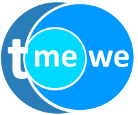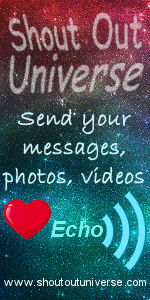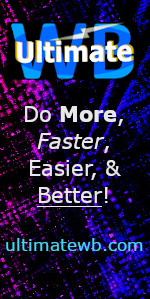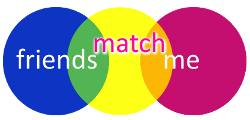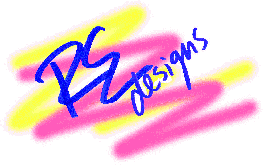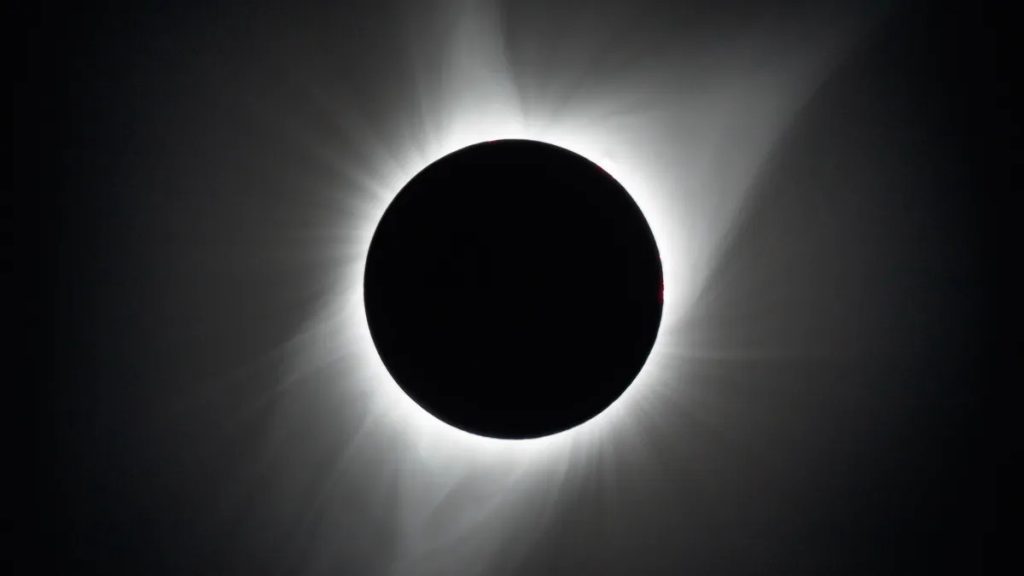
The upcoming solar eclipse on April 8th promises to be a spectacular event. But for people who are blind or have low vision, experiencing the phenomenon can feel out of reach. Enter a group of dedicated astronomers at Harvard who are using their knowledge of the cosmos to create a unique solution: transforming the eclipse into sound.
This innovative project, called LightSound, utilizes the concept of sonification. Imagine taking data and turning it into sound – that’s the essence of LightSound. In this case, the astronomers are taking the light data of the eclipse and converting it into an auditory experience.
Here’s how it works: Through workshops, the LightSound Project helps volunteers build special devices that translate the eclipse’s light changes into sound. As the moon blocks the sun, the device will produce corresponding sounds, allowing blind and low-vision observers to follow the eclipse’s progress.
This project isn’t just about technical ingenuity; it’s about inclusion. Eclipses are awe-inspiring moments, and LightSound ensures everyone has the chance to experience the celestial dance. Imagine hearing the soundscape of the eclipse – the initial brightness translated into a high-pitched tone, gradually giving way to a deeper sound as the moon covers the sun. Then, as totality approaches, an even deeper sound might represent the eerie twilight that descends during a total eclipse.
The LightSound Project is a testament to the power of science to bridge the gap between sight and experience. By translating the invisible into the audible, astronomers are opening up the wonders of the universe to a whole new audience.
Next week, the world will turn its gaze skyward to witness the eclipse. But the wonder won’t be limited to sight. Thanks to advancements in accessibility, the blind and low-vision community will experience this celestial event in a unique way – through the magic of sound.
